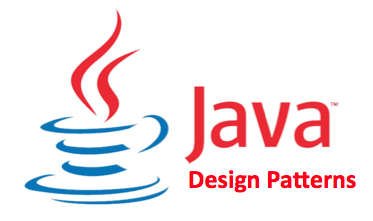Proxy Design Pattern in Java
Introduction The Proxy Design Pattern is a structural design pattern that provides a surrogate or placeholder for another object to control access to it. This pattern is useful when creating objects is resource-intensive, or when access to the real object needs to be controlled or restricted. Purpose The main goal of the Proxy Pattern…




